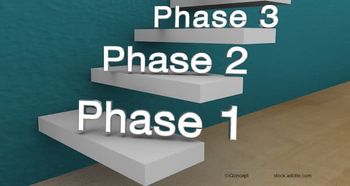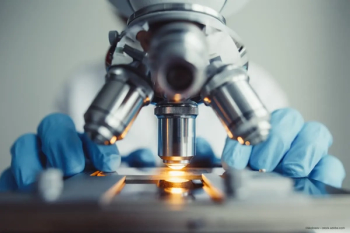
Glaucoma therapy mode of actions compared
Although both latanoprost and timolol-dorzolamide fixed combination (TDFC) decrease 24-hour intraocular pressure (IOP) and enhance diastolic ocular perfusion pressure (DOPP) in primary open-angle glaucoma (POAG) patients, their mechanisms of action are different, according to study results published online by Investigative Ophthalmology and Visual Science.
Although both latanoprost and timolol-dorzolamide fixed combination (TDFC) decrease 24-hour intraocular pressure (IOP) and enhance diastolic ocular perfusion pressure (DOPP) in primary open-angle glaucoma (POAG) patients, their mechanisms of action are different, according to study results published online by Investigative Ophthalmology and Visual Science.
Luciano Quaranta, of the Clinica Oculistica at the Università degli Studi Brescia, Italy and colleagues conducted a randomized trial on patients with untreated POAG (n=27), who received either TDFC twice daily followed by latanoprost once daily or latanoprost twice daily followed by TDFC once daily for a period of six weeks. The team measured systolic (SBP) and diastolic (DBP) blood pressure as well as IOP, and then conducted variance analysis to establish the relationship between treatment regimens and DOPP.
TDFC reduced 24-hour IOP to 15.4±1.9 mmHg; both SBP and DBP were also reduced by this treatment regimen. Latanoprost reduced IOP to 16.7±1.7 mmHg, although neither SBP nor DBP were decreased. Both treatments increased DOPP equally.
Thus the team concluded that TDFC enhanced DOPP by reducing IOP sufficiently to counteract the DBP decrease; although latanoprost caused a smaller reduction in IOP than TDFC, after latanprost treatment DBP remained stable and so DOPP was increased.
Newsletter
Get the essential updates shaping the future of pharma manufacturing and compliance—subscribe today to Pharmaceutical Technology and never miss a breakthrough.










































